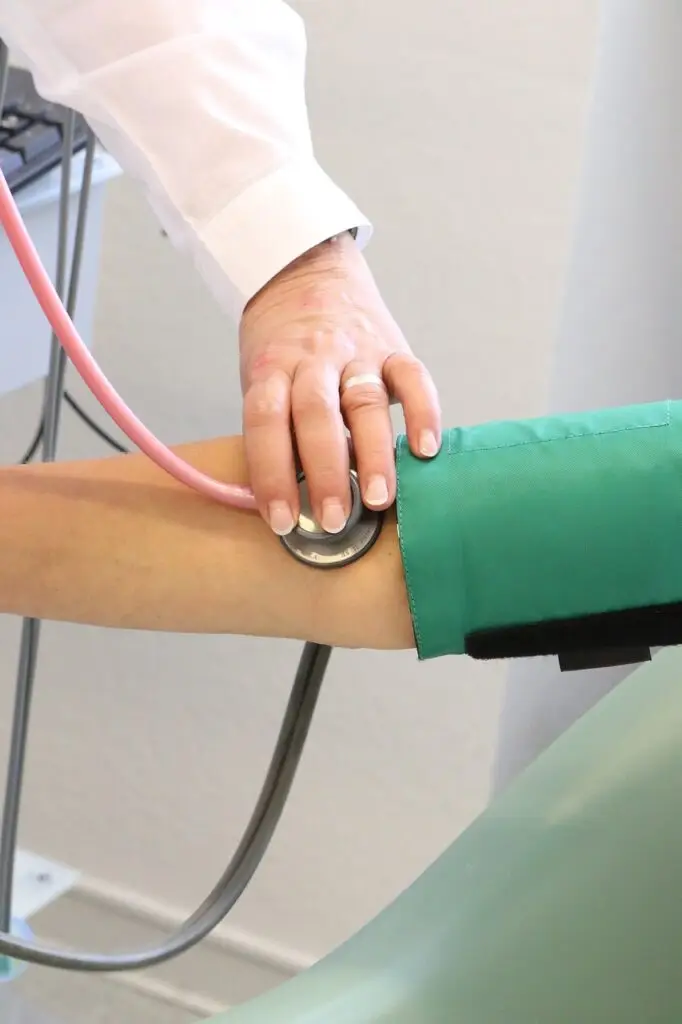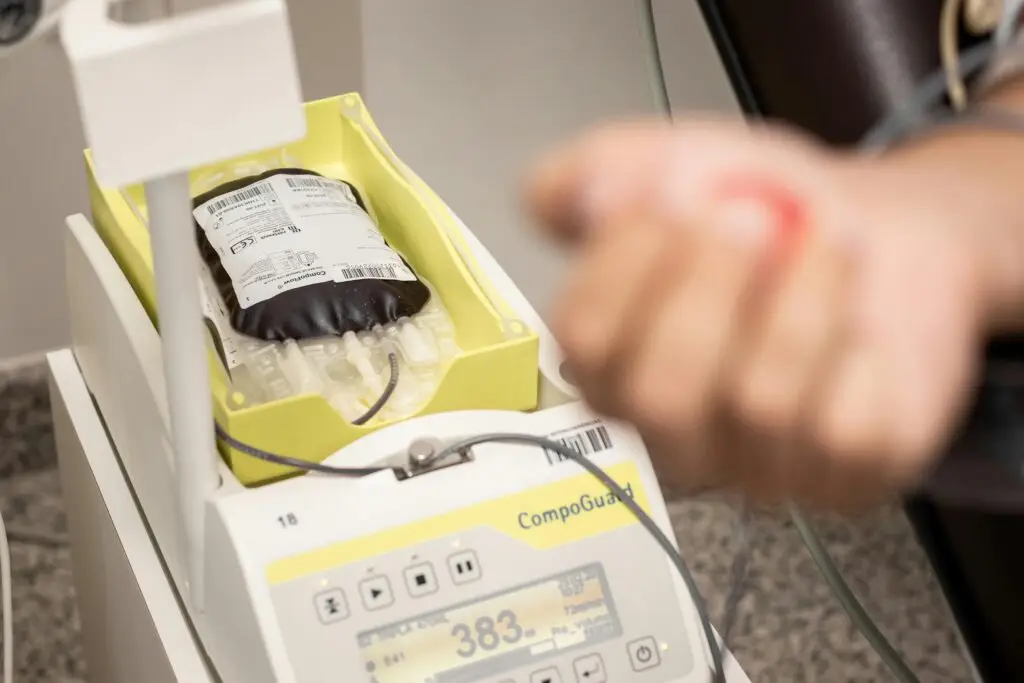Introduction
Acute appendicitis occurs when the appendix, a small pouch connected to the large intestine, becomes inflamed. This happens due to blockage, often by a fecalith (hardened stool), leading to infection and swelling.
Symptoms
- Abdominal Pain: The hallmark of appendicitis. It typically starts around the navel and migrates to the right lower abdomen (RLQ). This migration occurs because the appendix, though part of the large intestine, shares the same nerve supply as the small intestine, initially causing generalized pain.
- RIF Pain: As the appendix swells, it irritates the surrounding lining of the abdomen (peritoneum), causing localized pain in the right iliac fossa (RIF).
- Gastrointestinal Upset: Nausea, vomiting, and sometimes fever accompany the pain.
- Urinary Symptoms: In some cases, the inflamed appendix can irritate the nearby ureter, leading to burning micturition.
Examination Findings
- Vital Signs: Increased pulse rate and temperature may indicate infection.
- Tenderness: The RLQ will be tender to the touch, specifically at McBurney’s point.
- Rebound Tenderness: Pain worsens when pressure is released from the abdomen, suggesting peritoneal irritation.
- Special Tests:
- Psoas Sign: Pain with right hip extension, suggesting a retrocecal appendix (located behind the cecum).
- Rovsing’s Sign: Pressing on the left side of the abdomen causes pain in the RLQ.
- Obturator Sign: Pain with internal rotation of the right hip.
- Rectal Exam: May reveal tenderness if the appendix is located in the pelvis.
Laboratory and Imaging
- Blood Tests: Elevated white blood cell count (WBC) confirms infection.
- Urine Tests: Rule out urinary tract infection and, in females of childbearing age, pregnancy (to exclude ectopic pregnancy).
- Imaging:
- Ultrasound: Assesses the appendix and rules out other conditions, especially in females.
- CT Scan: Provides a detailed view of the abdomen.
Treatment
Pre-operative
- Stabilization: Maintain airway, breathing, circulation, and assess disability and exposure.
- IV Access: Establish two large-bore intravenous lines.
- Monitoring: Closely monitor vital signs (BP, PR, RR, Temperature, SpO2).
- Lab work: CBC, Urea, Creatinine, Electrolytes, LFTs, INR, viral markers, and blood sugar.
- NPO: Keep the patient nil per os (nothing by mouth) to rest the bowel.
- History and Physical: Thorough assessment.
- NG Tube and Catheter: Insert nasogastric tube for decompression and Foley’s catheter for urinary output monitoring – No every case
- Bowel Care: Address constipation with lactulose or similar.
- IV Fluids: Ringer’s lactate or normal saline.
- Electrolyte Correction: As needed.
Antibiotics and Pain Management
- Antibiotics:
- Ceftriaxone (Rocephin)
- Metronidazole (Flagyl)
- Analgesics:
- Ketorolac (Toradol)
- Tramadol or Nalbuphine with dimenhydrinate for severe pain.
- Other Medications:
- Omeprazole (Risek) for gastric protection.
- Paracetamol for fever.
Surgical Management
- Appendectomy: Once stabilized, the patient undergoes either open or laparoscopic appendectomy.
Alvarado Score
This scoring system helps predict the likelihood of appendicitis based on symptoms, signs, and lab results.
| Characteristic | Score |
|---|---|
| Migration of pain to RLQ | 1 |
| Anorexia | 1 |
| Nausea/Vomiting | 1 |
| RLQ Tenderness | 2 |
| Rebound Pain | 1 |
| Elevated Temperature | 1 |
| Leukocytosis | 2 |
| Shift to the left (>75% neutrophils) | 1 |
Interpretation:
- Low Probability: ≤ 4
- Moderate Probability: 5-6
- High Probability: ≥ 7 (suggests acute appendicitis)

